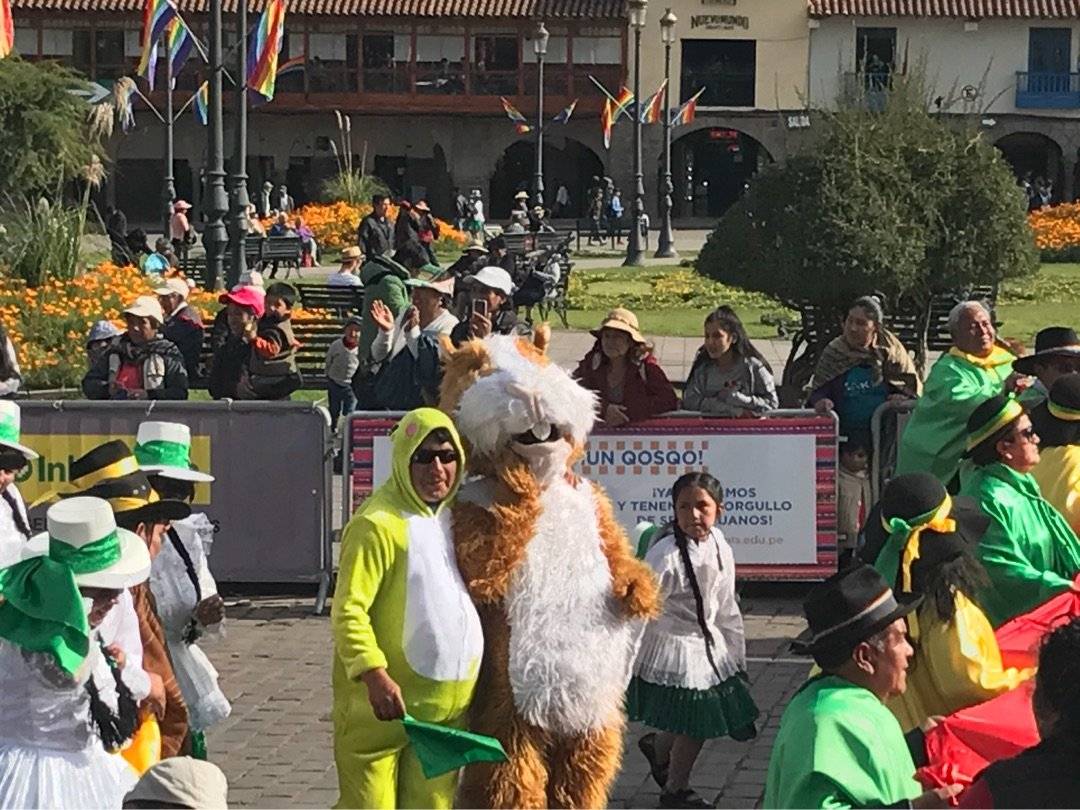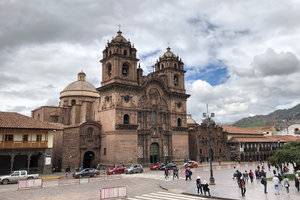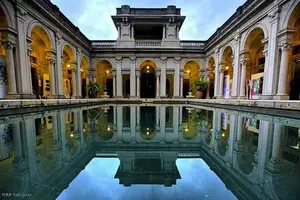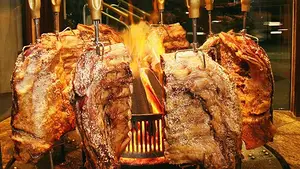Plaza de Armas, A vibrant blend of Inca tradition and colonial charm
Plaza de Armas s n, Plateros, Cusco
4.4
Introduction
In South American cities, there is a central square in each city, which gathers the most important churches and some buildings with historical significance. People like to rest, read, feed birds or chat with strangers on the benches in the center of the square. In Cusco, Peru, this square is the Plaza de Armas. Undoubtedly, the Plaza de Armas is the liveliest place in Cusco, where tourists and locals stop every day. Indigenous women and children dressed in traditional costumes sit with small llamas in nearby alleys or on the steps of the church, forming a beautiful scenery. The red and white flags of Peru and Cusco City fly over the square.
The most eye-catching building on the east side of the Plaza de Armas is the Cusco Cathedral, built in 1550 and the first cathedral in the Cusco region. When the Spanish rulers built the cathedral, they moved many large stones from Sacsayhuaman to use as building materials. The cathedral has been damaged to varying degrees in four major earthquakes over the past 400 years, but has survived. There are many oil paintings and exquisite decorations inside the cathedral, but the highlight is definitely "The Last Supper" with the characteristics of the Andean mountain region. Unlike the original by Da Vinci, there is a roasted guinea pig in the dish in front of Jesus.
On the south side of the Plaza de Armas, opposite the Cathedral, is the Church of the Society of Jesus. This church was built on the site of the palace of Inca Emperor Huayna Capac in 1570. The Church of the Society of Jesus has two magnificent bell towers and a baroque-style exterior. Although the interior of the church is not as eye-catching as the exterior, there are still some works of art worth appreciating. Address Plaza de Armas s n, Plateros, Cusco
 There are Spanish-style arcades and churches around
There are Spanish-style arcades and churches around
































